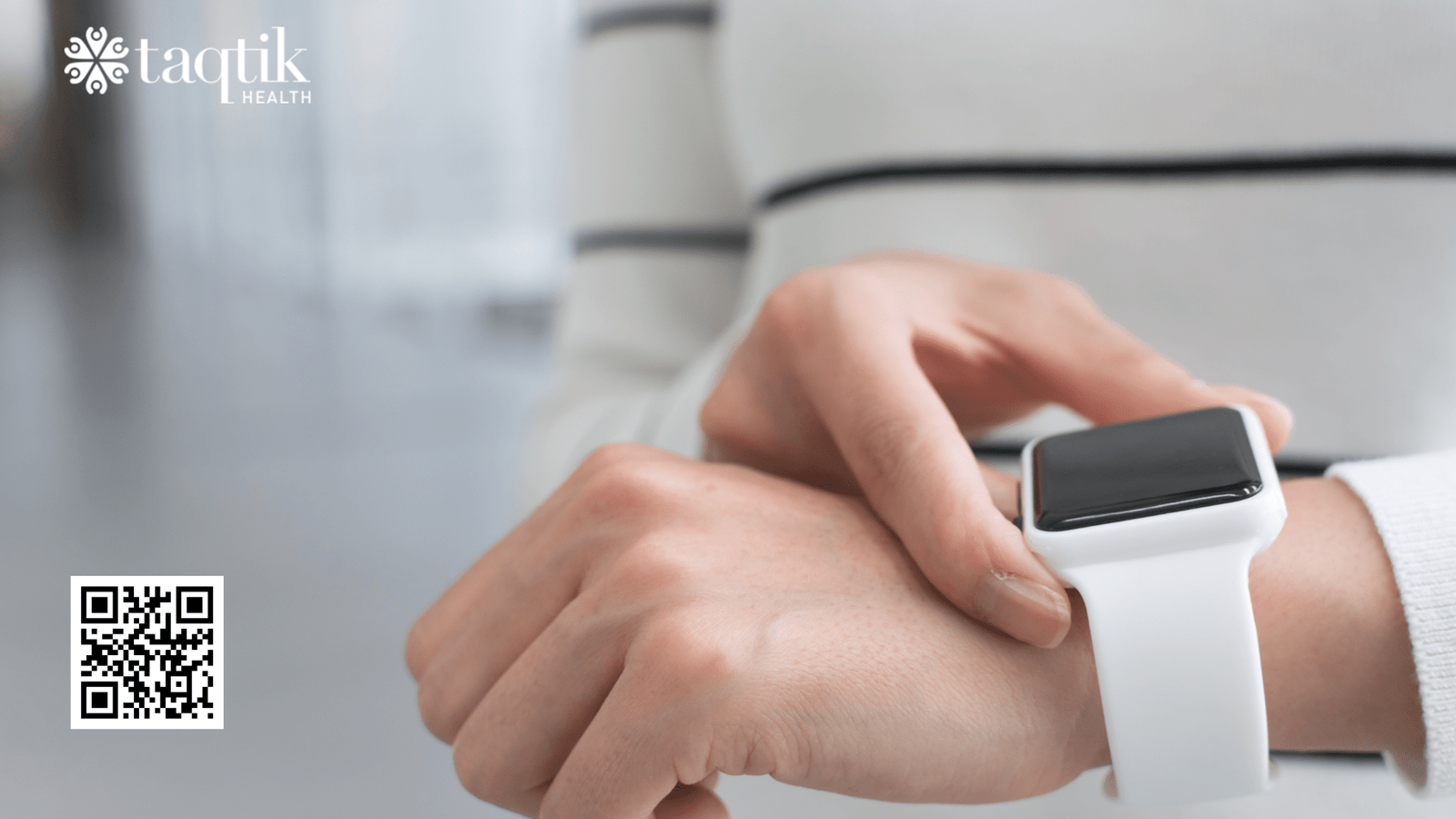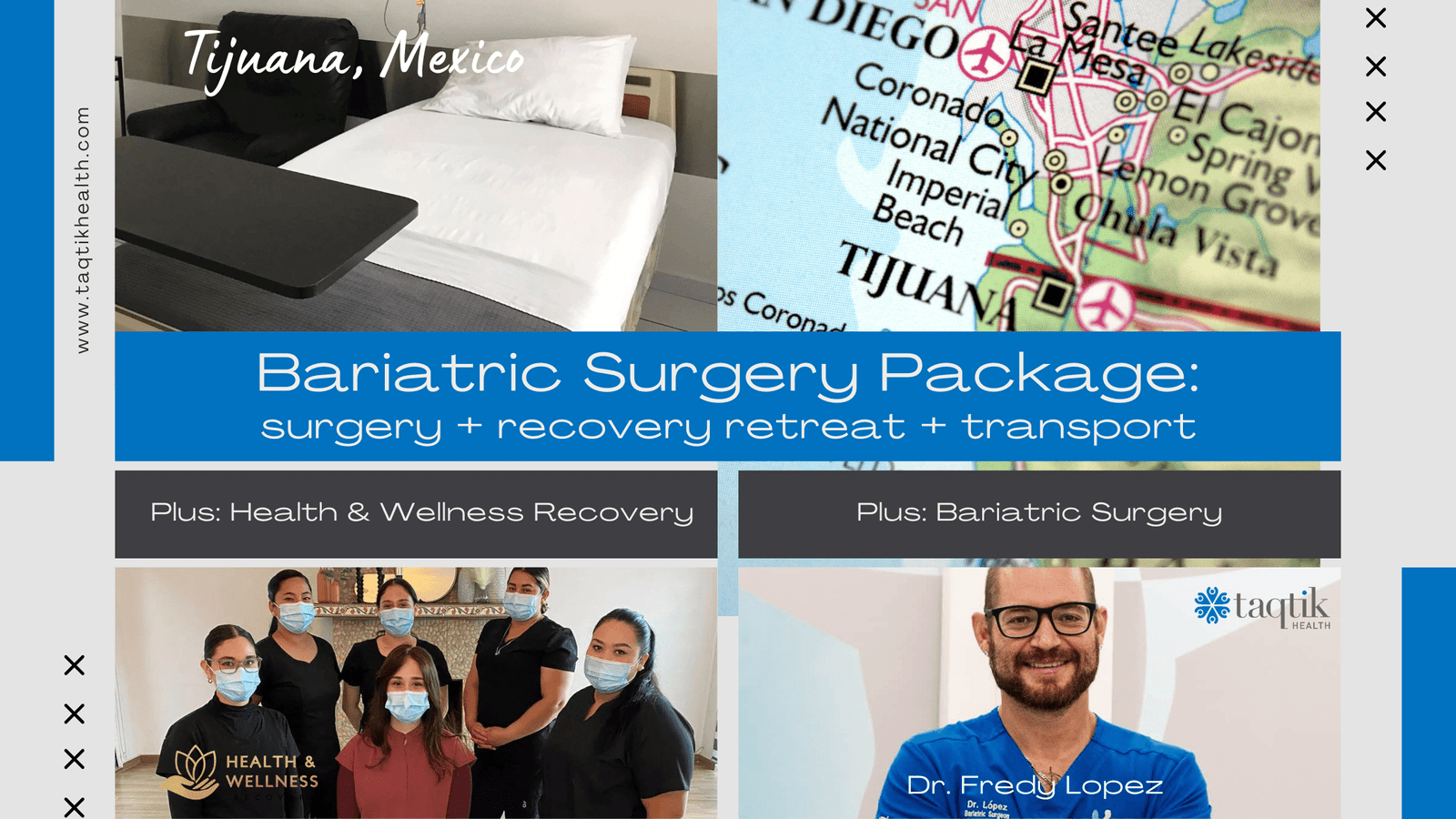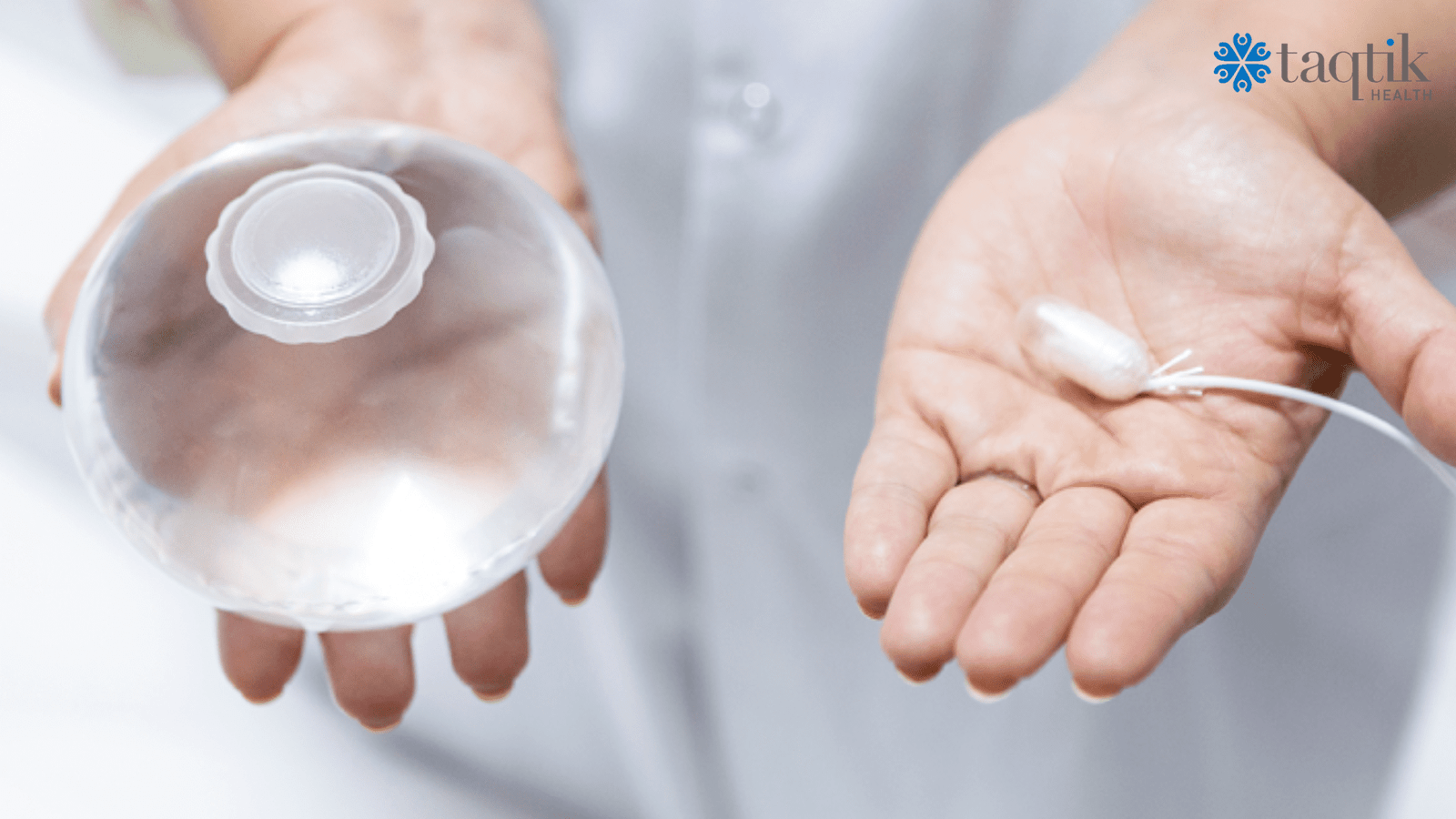Bariatric Surgery vs. Ozempic vs. Healthy Eating: Which is the Best Path to Weight Loss?
In the journey towards weight loss and a healthier life, individuals often contemplate different approaches. Bariatric surgery, Ozempic, and healthy eating are three prominent options. Each has its unique advantages and disadvantages. Let's explore these options to help you make an informed decision on your path to a healthier you.
Bariatric Surgery:
Bariatric surgery is a surgical procedure that alters the digestive system, promoting weight loss through reduced food intake and nutrient absorption. Here are its advantages and disadvantages:
Advantages:
- Significant Weight Loss: Bariatric surgery often leads to substantial and rapid weight loss, making it a powerful option for those with severe obesity.
- Improves Health Conditions: Many individuals experience improvements in obesity-related health conditions, such as type 2 diabetes and hypertension, after bariatric surgery.
- Long-term Results: It provides lasting results when combined with a healthy lifestyle, as it encourages better eating habits and portion control.
Disadvantages:
- Surgical Risks: All surgeries carry inherent risks, including infection, bleeding, and anesthesia complications. Additionally, bariatric surgery can lead to long-term vitamin and nutrient deficiencies.
- Lifestyle Changes: Post-surgery, patients must adhere to a strict diet and exercise regimen. Failure to do so can lead to weight regain or complications.
Ozempic:
Ozempic is a prescription medication used to treat type 2 diabetes and obesity. It works by regulating blood sugar levels and reducing appetite. Here are its advantages and disadvantages:
Advantages:
- Effective Blood Sugar Control: Ozempic helps control blood sugar levels in individuals with type 2 diabetes, which is often associated with obesity.
- Appetite Suppression: It reduces appetite and promotes feelings of fullness, aiding in weight loss.
- Ease of Use: Ozempic is administered via a once-weekly injection, which can be more convenient than daily medications or surgery.
Disadvantages:
- Prescription Required: Ozempic is not available over the counter and requires a doctor's prescription.
- Potential Side Effects: Common side effects may include nausea, vomiting, and diarrhea. Some individuals may experience more severe side effects.
Healthy Eating:
Healthy eating involves making nutritious food choices, managing portion sizes, and adopting a balanced diet. Here are its advantages and disadvantages:
Advantages:
- Sustainability: Healthy eating is a lifelong approach to maintaining a healthy weight and overall well-being.
- No Side Effects: Unlike surgery or medications, healthy eating does not come with potential side effects or health risks.
- Positive Lifestyle Changes: It promotes a healthy relationship with food and encourages mindful eating habits.
Disadvantages:
- Requires Discipline: Achieving and maintaining weight loss through healthy eating requires self-discipline and consistency, which can be challenging for some individuals.
- Slower Results: Healthy eating may yield slower weight loss results compared to surgery or medications.
In conclusion, the best approach to weight loss depends on individual circumstances, preferences, and health conditions. Bariatric surgery can offer rapid and significant weight loss but comes with surgical risks. Ozempic can help control blood sugar levels and reduce appetite, but it requires a prescription and may have side effects. Healthy eating, while sustainable and low-risk, requires long-term commitment and discipline.
Ultimately, Taqtik Health recommends consulting with a obesity or bariatric professional to determine the most suitable approach for your weight loss journey. They can provide personalized guidance and help you make an informed decision tailored to your specific needs and goals. Remember that any weight loss journey should be approached with caution and a focus on overall health and well-being.
Taqtik Health RPM: Your Partner in Post-Bariatric Surgery Success
At Taqtik Health, we understand that bariatric surgery is a powerful step toward a healthier, more fulfilling life. But we also know that the journey doesn’t end in the operating room. The real challenge and the real transformation happens in the months and years after your procedure. That’s why we created Taqtik Health Remote Patient...Continue reading→
Post-Bariatric and GLP-1 Post-Care to Maximize Results
Post-Bariatric and GLP-1 Post-Care to Maximize Results | Taqtik Health Introduction Undergoing bariatric surgery or starting GLP-1 (glucagon-like peptide-1) agonist treatments like semaglutide (Ozempic, Wegovy) or tirzepatide (Mounjaro, Zepbound) is a major step toward long-term weight loss and improved metabolic health. But these treatments are only part of the journey. What you do after surgery...Continue reading→
Remote Patient Monitoring for Obesity: A Smarter Way to Support Surgical and Non-Surgical Patients
Losing weight and improving your health is a personal journey—and it doesn’t always require surgery. Whether you're preparing for bariatric surgery, recovering from it, or trying to manage your weight and health without surgery, one thing remains constant: support matters. At Taqtik Health, we believe long-term success comes from daily progress, consistent accountability, and expert...Continue reading→
How Remote Patient Monitoring (RPM) Supports Bariatric Surgery and Diabetes Care
Remote Patient Monitoring for Bariatric Surgery and Diabetes Management Choosing bariatric surgery or committing to better diabetes management is a life-changing decision—and it’s just the start of your journey to a healthier, happier you. Whether you’re preparing for surgery, healing afterward, or working to manage diabetes, having the right support makes all the difference. That’s...Continue reading→
Advancing Value-Based Healthcare Through Cross-Border Health
At Taqtik Health, we are dedicated to delivering value-based healthcare by providing patients with affordable, high-quality, and patient-centered medical solutions. Our platform connects individuals with top-tier healthcare providers worldwide, ensuring they receive the best possible care at the best value through cross-border healthcare. How Taqtik Health Contributes to Value-Based Healthcare 1. Affordable, High-Quality Care Without...Continue reading→
Navigating Healthcare After Job Loss: Options and Strategies for Coverage
Losing your job is stressful enough without the added worry of losing your healthcare coverage. For many individuals in Western countries, health insurance is tied to employment, leaving them vulnerable during times of economic uncertainty and widespread layoffs. Taqtik Health explores the options available to ensure you can access quality healthcare even when you're between...Continue reading→
Bariatric Center J.L. Prado in Tijuana, Mexico: Your Destination for Advanced Weight Loss Surgery
Bariatric surgery has become a life-changing solution for individuals struggling with obesity and its related health complications. In recent years, Tijuana, Mexico, has emerged as a leading destination for affordable and high-quality bariatric procedures. One of the most trusted names in this field is Bariatric Center J.L. Prado, where a team of skilled surgeons, cutting-edge...Continue reading→
Transform Your Life with Our Bariatric Surgery Promotion in Tijuana Mexico
Transform Your Life with Bariatric Surgery at J.L. Prado Surgical Center in Tijuana, Mexico, with Dr. Fredy Lopez Are you ready to take control of your health and achieve long-term weight loss? Taqtik Health is excited to offer a special promotion for bariatric surgery at J.L. Prado Surgical Center with the renowned Dr. Fredy Lopez,...Continue reading→
Bariatric Surgery Case Study: Kael Sangnam
Background: Kael Sangnam, a 37-year-old with a BMI of 34.7, had been struggling with several health issues, including sleep apnea, shortness of breath, and persistent back pain. Despite various attempts to manage her weight, these health conditions continued to affect her quality of life. Realizing that these conditions were closely linked to her weight, Kael...Continue reading→
How to Choose the Right Bariatric Procedure or Weight Loss Solution
Choosing the right weight loss solution is a deeply personal decision that depends on various factors, including your health, lifestyle, and goals. At Taqtik Health, we understand the complexities involved in making this choice and aim to provide you with comprehensive information to help you make an informed decision. This guide will explore the different...Continue reading→













